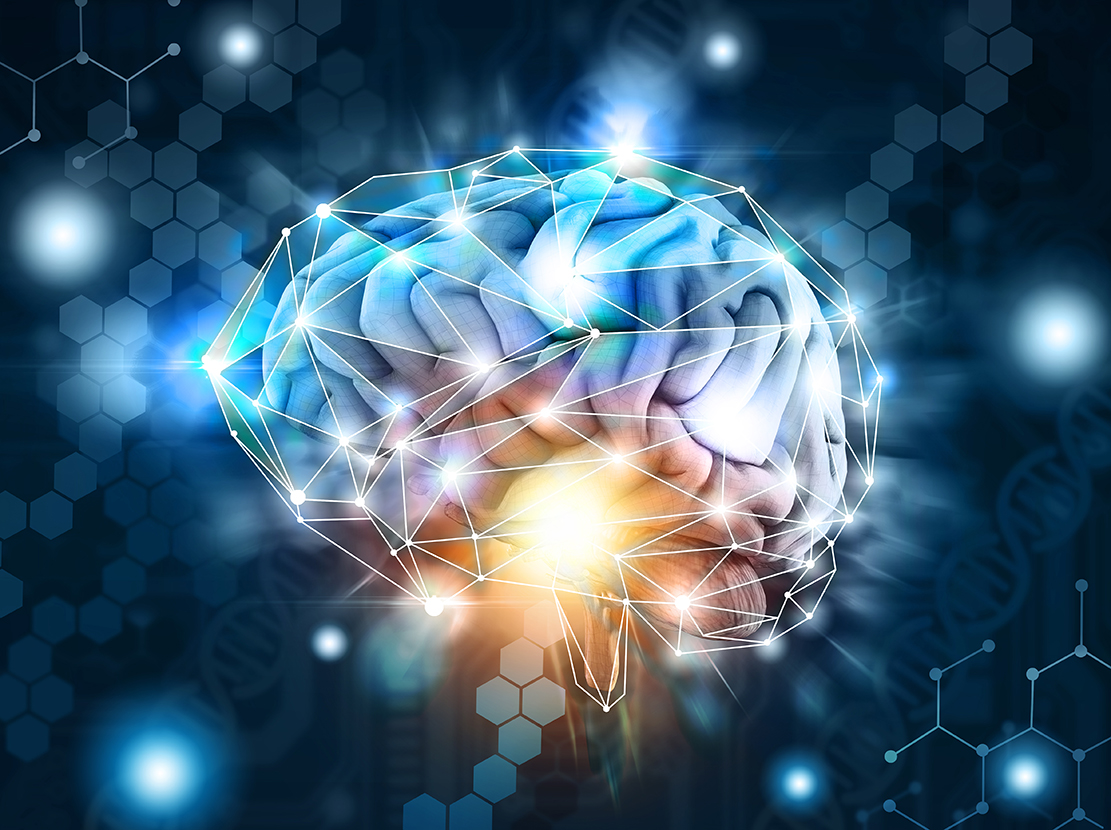Neuroplasticity is your brain’s ability to change and adapt in response to learning new things. A little over 60 years ago, the term “neuroplasticity” became widely used in the scientific community as neurologists saw increasing evidence for how the brain can change throughout our lives.3 Our neuronal pathways are constantly rewiring, or reinforcing the existing pathways, based on what is happening in our environment and our responses to those events.
Neuroplasticity gives us hope because it gives us options. We can literally remodel our brains by changing our mindset.
Here’s an example. Have you ever learned a foreign language? When you learn a new language and practice words and phrases over and over again, all sorts of new pathways are firing in your brain, making new connections and expanding. But over time, as you use that language less and less, you forget what you learned. Those neuronal pathways might have been really strong at one point, but just like our muscles get weak and flabby when we stop hitting the gym, so do the neural pathways in our brain. Our brain tells us that we don’t need to keep them up, so they shrivel up. Next time you try to remember a certain word or phrase in Spanish, it’s going to be tough to recall. That little road in your brain is closed off and hard to access.
As you can see, neuroplasticity can work for you or against you. If you’ve experienced significant trauma in your life, your responses to the traumatic event(s) were hardwired into your brain, prompting you to react the same way each time you experience a stimulus associated with that memory. Emotions heighten the response that we adopt to threatening stimuli. That’s why many of us develop phobias—little fears unique to our personalities and experiences. If you were bitten by an aggressive dog as a child, your brain, in an effort to keep you safe, created a response pattern that engages your “fight or flight” response. Every time you see a dog, you default to your brain’s learned pattern of behavior.
People with depression get stuck in a negative mental rut because neuroplasticity allows your brain to get warped into negative and unhealthy states. Long-term depression can result in deeper damaged pathways between neurons. However, these pathways can be reversed if you’re willing to adopt a new perspective and do the work necessary to change your mindset.
You can actually reinvent yourself!
Change Your Mindset by Increasing Neuroplasticity
You don’t have to meet weekly with a therapist to increase neuroplasticity in your brain (although that might be a great decision for you). According to the research of Thai Nguyen, there are everyday activities that will help keep your brain healthy and adaptable.4
- Try intermittent fasting. Studies show that intermittent fasting can increase synaptic adaption and improve cognitive function.
- Travel. When you put yourself in novel situations, you expose yourself to new stimuli that helps your brain create new neural connections.
- Train your brain. Memorize a poem, try sudoku, or quiz yourself on trivia facts that are interesting to you. Memorization is a fantastic way to increase neuroplasticity. It’s like lifting weights for your brain.
- Get creative. When you play music, learn a new instrument, paint, draw, or sculpt, you’re engaging in creative learning that fires all sorts of new connections between your neurons.
- Learn new words. Reading fiction, increasing your vocabulary, and learning a new language all support brain growth and neuroplasticity.
- Move your body. Exercise, especially when you’re doing something fun and exciting, is good for you brain. Dancing has been shown to reduce the risk of Alzheimers! Also, non-dominant hand exercises have been shown to form new neural pathways.
- Meditation and yoga. Slowing down and practicing stillness will help form new ways of thinking and relating to your body and environment.
Change Your Mindset Today
Changing your mindset doesn’t happen automatically. You need to set aside time and choose to slow down, without distractions, and pay attention to what your emotions and your thoughts are telling you about your beliefs. Ask yourself questions like why do I think this way? What does it say about how I view the world? Is it helpful?




